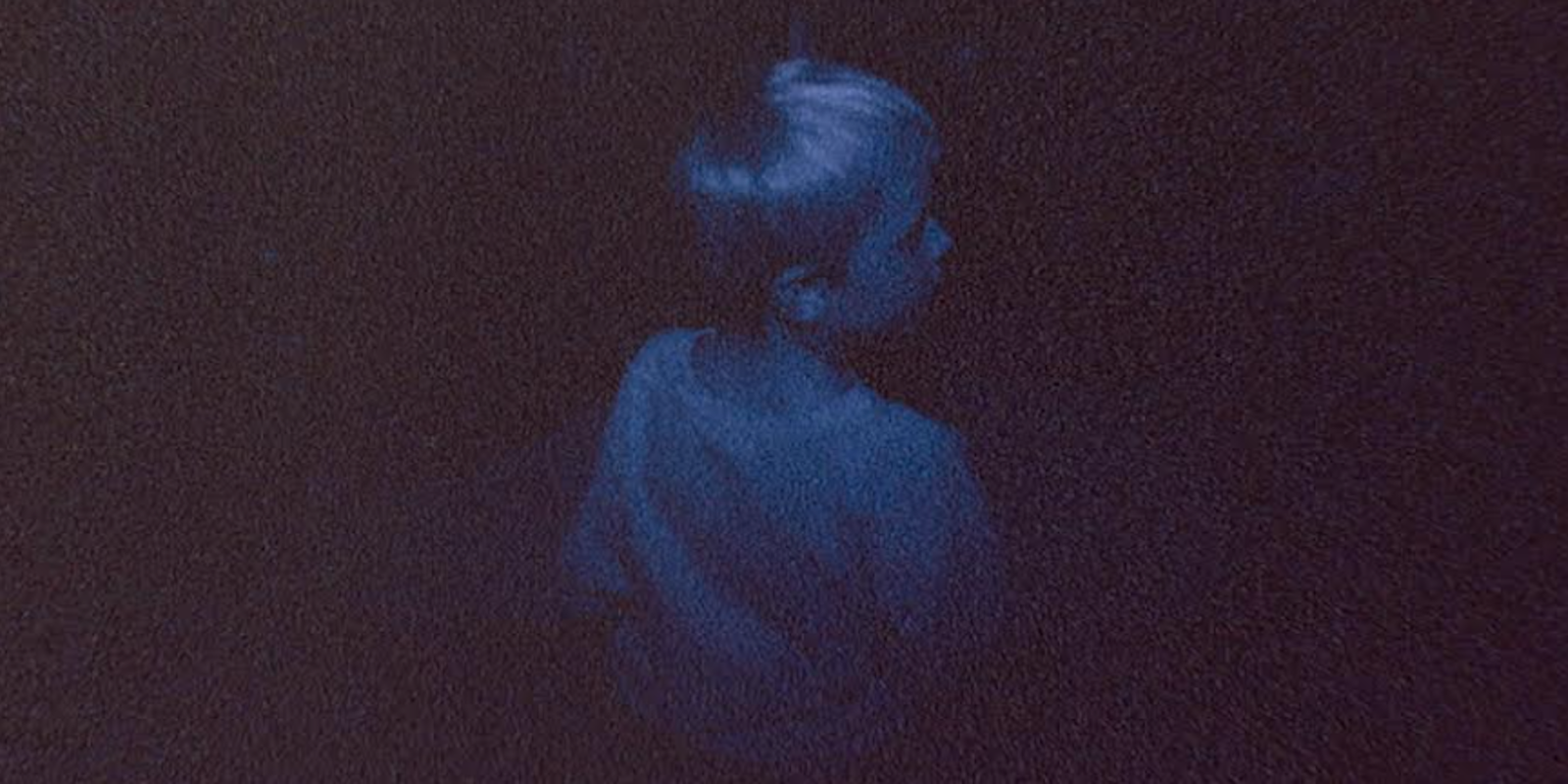
Now Streaming is a weekly column that reviews and analyzes the latest streaming content for you and runs on Wednesdays in the Daily Dot’s web_crawlr newsletter. If you want to get this column a day before we publish it, subscribe to web_crawlr, where you’ll get the daily scoop of internet culture delivered straight to your inbox.
Let us crawl the web for you. Subscribe to web_crawlr here.

Analysis
Skinamarink, the debut feature film from Kyle Edward Ball, lodges itself deep inside your brain.
The logline offers only a few details—a brother (Kevin) and sister (Kaylee) wake up to find their parents gone and all the doors and windows in the house missing. But what actually happens in this house over an hour and 40 minutes is far more sinister.
There’s some clever misdirection with sound design, which only adds to the disorienting, suffocating environment Ball has created. (In his childhood home, no less.) We’re watching mostly from the viewpoint of a 4-year-old, an age when everything is big and scary. But even point of view is warped here. As an adult who loves horror, I still found myself watching certain parts, like the interminable “look under the bed” scene, through my fingers.
Skinamarink expertly recreates the feeling of being between sleep and consciousness—of waking up weird. The fact that it’s set in 1995 amplifies the lo-fi, analog approach. And then there’s the entity, which seems to be watching and learning. At one point it tells Kevin (or maybe the viewer), “I can do anything.”
People have spent countless Reddit and Twitter threads theorizing that this is hell, or Kevin is in a coma, or it’s more obliquely about child abuse. Or is it, as We’re All Going to the World’s Fair director Jane Schoenbrun suggested on Twitter, “a deeply painful reflection on queer childhood”?
You’ll find a few clues about Skinamarink on Ball’s YouTube channel Bitesized Nightmares, where he turns viewer-submitted stories into haunted shorts. It’s also where Skinamarink’s precursor, Heck, lives.
Skinamarink’s origins are also very online: Producer Jonathan Barkan “found and acquired” the film after Ball posted the trailer on the Reddit community r/filmmakers. It was crowdfunded through Seed & Spark.
But the lore that has grown around the film is interesting. Last fall, after Skinamarink debuted at Fantasia Fest and screened at a few more festivals, it leaked online. Clips from the film were posted to TikTok without context, as were breathless reviews about how scary it is. (And how not scary it is.)
TikTok, which is already obsessed with liminal spaces and backrooms lore, was the perfect substrate; Ball told Them that after the leak, people were cagey about how they’d seen Skinamarink, “So they’d start talking about it by accident as if it was this cursed piece of found footage.”
That created an organic buzz, but Ball told Vulture that the leak threw him into a “total emotional meltdown,” unsure if he’d still get to release the film. The horror streamer Shudder announced it acquired the “viral sensation” in December (it debuts there on Feb. 2), but in January, as the film got a limited release in North America, that buzz crystallized into something else: Skinamarink hit $1 million at the box office after a week in theaters, which is unheard of for a Canadian horror film with a $15,000 budget.
Tweets about people walking out halfway through or saying “nothing happens” in the film only added to the allure—people claimed The Blair Witch Project was just shaky cameras and people running around in the forest, but we still talk about its impact 20 years later.
Why it matters
This film definitely isn’t for everyone, as has been reiterated online. But it’s an exciting moment for indie filmmakers with original ideas, and the fact that Skinamarink’s path to success was unconventional is even more promising.


